Wherever you go in Hong Kong, it seems that if you can get to the water, you will see someone fishing.
You can find them on the busy waterfront promenades of the New Towns.
You can find them on the empty shores of the Outlying Islands.
You can even find a few hardy types in tiny dinghies, dodging massive ships in the middle of Victoria Harbour.
One thing in common with all these fishermen is the size of their catch: these tiny palm sized fish are someone’s dinner tonight.
So why is their catch so small? Overfishing is the reason: a common problem around the world. In Hong Kong there are approximately 3700 fishing vessels, most are sampans and small fishing boats engaged in inshore fishing, but the real damage is caused by the 1100 or so large commercial trawlers.
For decades fishing has been an important part of the economy of the Outlying Islands, with Hong Kong’s modern commercial fishing industry taking off after the Second World War to help feed the growing city.
Even with increased urbanisation of Hong Kong, a number of traditional fishing villages still survive, such as this one beside the New Town of Tung Chung on Lantau Island.
Despite the environmental impact of commercial fishing, the industry still employs around 8200 fishermen in Hong Kong, with further people employed repairing and maintaining the fishing fleet back on land.
As seen with the tiny fish caught by recreational fishermen, the effects of overfishing in Hong Kong are obvious: by the mid 1990s the mean size of fish taken by trawlers was <10 grams, with an average length of about 10 centimetres (4 inches). A government study in 1998 found that 12 of the 17 evaluated fish species were heavily over-exploited, while the remaining five were fully exploited; and in 2006 another government report found that the annual Hong Kong catch of 26,700 tonnes was 30% higher than the maximum sustainable annual yield of 20,500 tonnes.
For these reasons in 2010 the Hong Kong Executive Council recommended a ban on trawling activities in Hong Kong waters, along with a voluntary one-off buy-out scheme for trawlers affected by the ban. Expected to reduce the fish catch in local waters by more than 40% – from 26,700 tonnes to 14,700 tonnes – the legislation was passed in May 2011 and will take effect from December 31, 2012. The trawler buyout scheme is costed at HK$1.72 billion (US$219 million), with payments of US$115,000 to $705,000 for each vessel purchased by the government, as well as one-off grants to affected local deckhands.
I’m guessing by the next time I visit Hong Kong fishing boats I’ll see less fishing boats, but hopefully some bigger fish.
Further reading
- Fishing industry statistics: Agriculture, Fisheries and Conservation Department
- Ban on trawling activities in Hong Kong waters: briefing for the Legislative Council
- Hong Kong Sets High Bar with Trawling Ban: an article from Time magazine
- Trawling Ban in Hong Kong Waters: response by the World Wildlife Fund

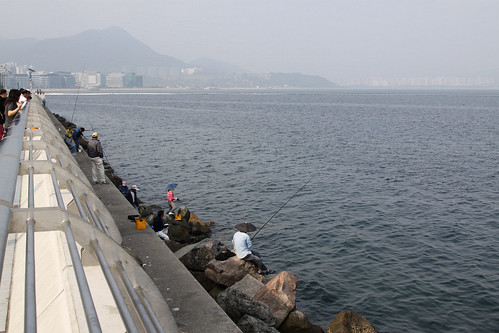
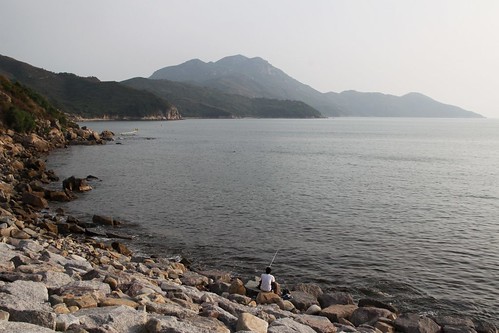

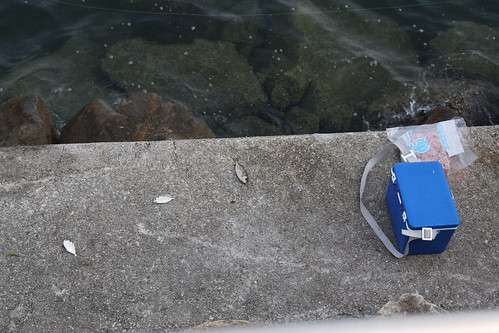

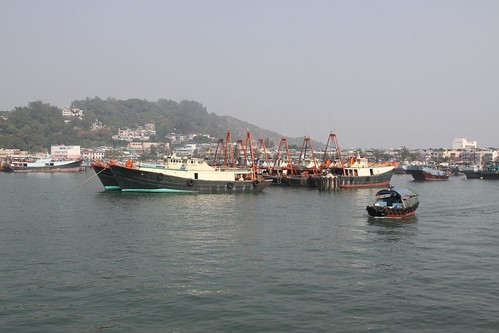
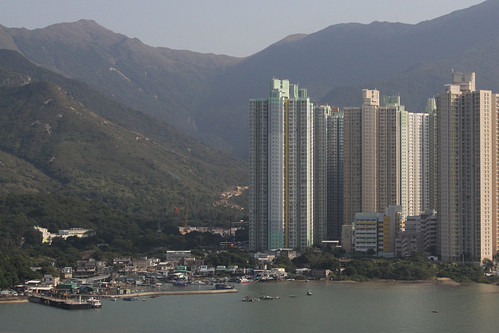
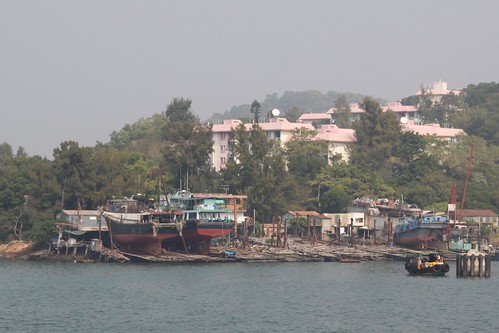
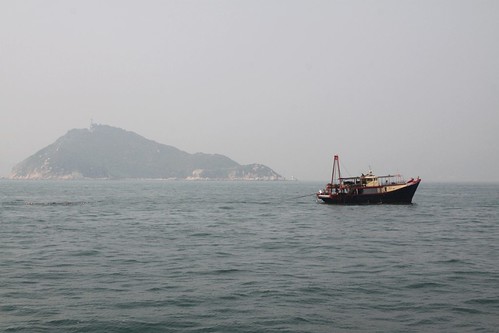

Nice photo essay, Marcus. I’m always amazed at how recreational fishermen reach the most unlikely spots. It’s like a national sport! And thanks for the link.
My Dad is just the same over in Australia – his favourite fishing spots are an hour and a half drive from home and down a steep hillside, even through we live 15 minutes from the water.
On thing that is different is our definitions of ‘undersized’ fish – my relatives came over from Hong Kong a few months back and they were amazed at what my Dad was happy to throw back in the water, because he knew much bigger fish were out there.
The trawling in the Tolo Harbour is now intense. Every day, for the whole day, 2 trawlers are double-trawling the harbour with a very long net. There can’t be anything left… We moved here in December 2010 and it’s now July 2012; these 2 boats have been active almost continually. The harbour will be dead very soon, long before the ban on such trawling takes effect…
Tolo Harbour was once a site of pearl cultivation – but the construction of Plover Cove Reservoir in the 1960s changed the water flows, ending the practice.
http://industrialhistoryhk.org/pearl-cultivation-tai-sea-tolo-harbour/
A trawling ban was luckily implemented in 2013. You now need a permit to trawl for scientific purposes, trawling for commercial purposes is completely illegal.
The ‘Research Fishing Permit’ gets a mention here:
http://www.afcd.gov.hk/english/fisheries/fish_cap/fish_cap_fpo/fish_comp_mes.html